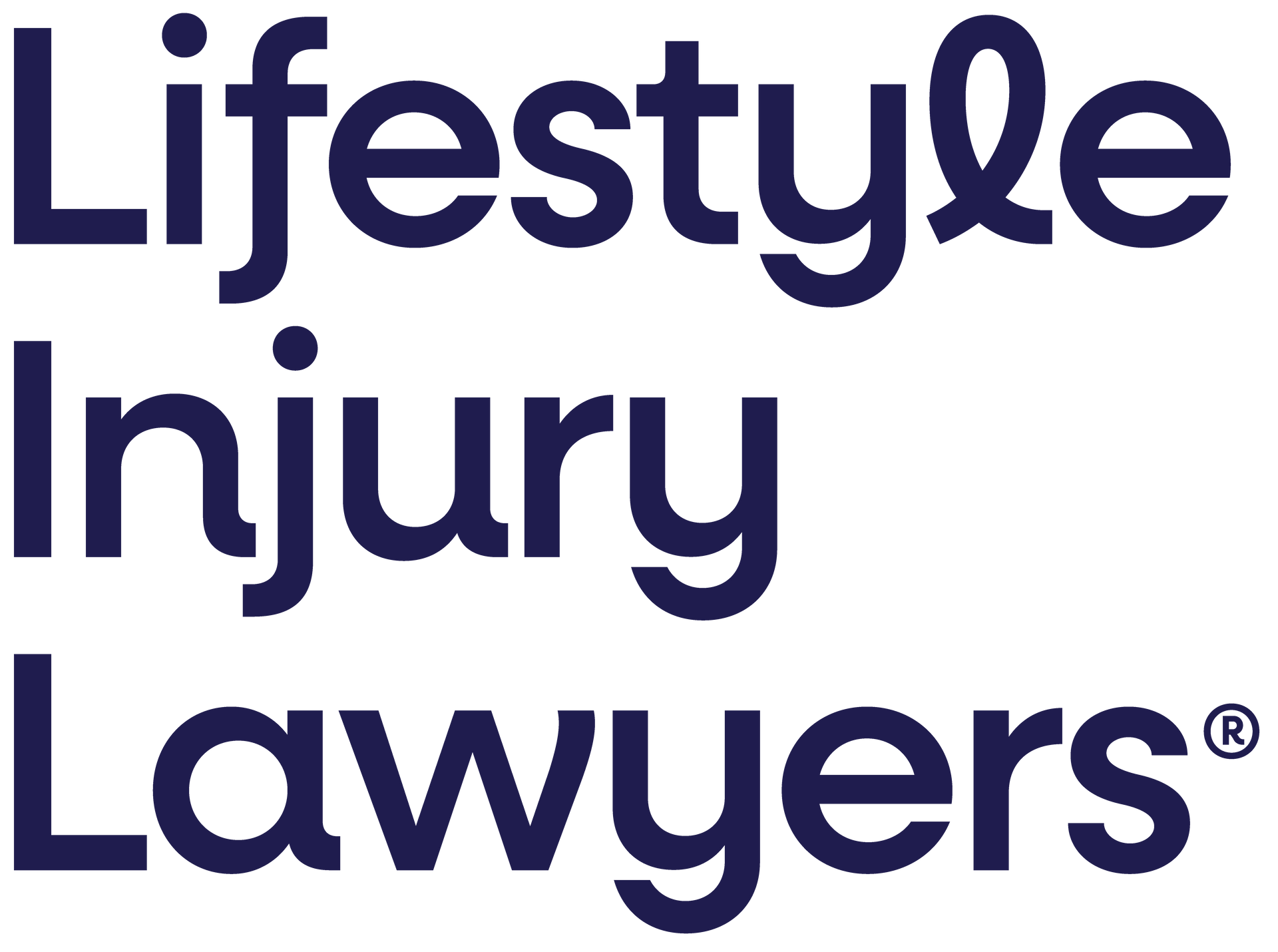My Employer Was Negligent - What Can I Do About It?
If you’ve been injured at work as a result of the negligence of your employer, it’s essential to act quickly and get the right support. In Queensland, employees have clear rights and specific channels for seeking compensation. This blog will explain what workplace negligence means, outline the employer’s duties, and detail the options available for compensation.
If you’ve suffered an injury because of your employer’s oversight, consult with one of our dedicated personal injury lawyers for expert assistance.
Understanding Workplace Negligence
Workplace injury occurs when an employer fails to uphold a safe work environment, leading to an employee’s physical or psychological injury or illness. Examples of negligence may include:
- Inadequate Training: Allowing employees to operate heavy machinery or handle dangerous tasks without proper instruction.
- Unsafe Equipment: Providing tools or machinery with damaged wiring, missing safety guards, or other defects.
- Neglecting Safety Protocols: Failing to provide necessary personal protective equipment (PPE) or ignoring safety regulations in hazardous areas.
However, to establish negligence, you must demonstrate that:
- The employer owed you a duty of care;
- The employer failed to fulfil that duty; and
- The failure directly caused your injury.
Employer’s Duty of Care
Under Australian law, employers have a fundamental responsibility to ensure the safety and health of their employees. This duty includes:
- Providing a Safe Workplace: Making sure the work environment is free of hazards that could cause injury.
- Training and Supervision: Providing employees with appropriate training and oversight to enable them to do their tasks safely.
- Reporting and Addressing Hazards: Actively identifying potential risks and taking measures to reduce or eliminate them.
The Workers' Compensation and Rehabilitation Act 2003 [The Act] mandates these responsibilities and sets out a framework for compensation and rehabilitation. In other words, The Act holds employers accountable for maintaining a safe work environment.
Types of Compensation Claims
If a workplace injury occurs, you can seek compensation through two main channels: statutory workers' compensation claims and common law claims. Each has distinct features and requirements.
Statutory Workers' Compensation Claims
Statutory workers' compensation is a no-fault system designed to provide financial support to employees injured at work, regardless of who is at fault. Managed by WorkCover Queensland, this system includes the following key features:
- Eligibility: Coverage extends to all employees, including casual and part-time workers.
- Benefits: For accepted claims, employees may be eligible to receive:
- Weekly payments for lost income
- Coverage for medical and rehabilitation expenses
- Travel expenses related to treatment or the claim
- Lump sum payments for permanent impairment
- Death benefits and funeral costs
- Claim Process: This involves notifying your employer about the injury, seeking immediate medical attention, and submitting a claim form. The process is intended to be simple, allowing you to focus on your recovery without having to establish fault.
Common Law Claims
On the other hand, common law claims require you to prove that your employer was negligent. Although these claims can result in higher compensation, they are more complex. Key aspects include:
- Proving Negligence: You must show that your employer failed to meet their duty of care, leading to your injury.
- Higher Compensation: These may include damages for pain and suffering, future income loss, and other non-economic losses.
- Time Limits: Claims must typically be lodged within three years of the injury.
- Legal Representation: Given the complexity, seeking legal assistance, such as from Lifestyle Injury Lawyers, is advisable to navigate the intricacies of the claim.
Steps to Make a Claim
Whether you’re pursuing a statutory or common law claim, follow these steps:
- Report the Injury: Notify your employer as soon as the injury happens. This is crucial for both statutory and common law claims.
- Seek Medical Attention: Obtain a medical assessment to document your injuries. Request a work capacity certificate from your doctor, which will be essential for your claim.
- Complete the Claim Form: For statutory claims, complete the relevant workers' compensation claim form, which can be done online for convenience. For common law claims, gather evidence of negligence and prepare your case.
- Submit Your Claim: Send your completed claim form to WorkCover for statutory claims, or your legal representative for common law claims.
- Await a Decision: The insurer will review your claim and decide. If your claim is denied, you may have the option to appeal.
Rehabilitation and Return-to-Work Programs
The Act underscores the importance of rehabilitation and return-to-work programs, including:
- Injury Management Plans: Employers must create and implement plans to support recovery and facilitate a return to suitable work duties.
- Workplace Rehabilitation Policies: Policies must be in place to manage rehabilitation effectively and support injured workers throughout their recovery.
- Collaboration with Medical Professionals: Employers must work closely with healthcare providers to ensure injured employees receive the appropriate treatment and support.
- Early Intervention: This involves the employer planning the employee’s swift reintegration into the workplace after an injury. When employees receive immediate and appropriate help, they are more likely to recover swiftly and return to work safely.
Conclusion
If your injury resulted from your employer’s negligence, it’s important to understand your rights and the available options for compensation. Statutory workers' compensation provides a no-fault support system, while common law claims offer potentially greater compensation but require proof of negligence.
Navigating the complexities of compensation law can be challenging, so seeking legal advice from experienced personal injury lawyers is crucial. At Lifestyle Injury Lawyers, we offer personalised, top-tier legal support. Our proven track record shows our commitment to securing the compensation you deserve, helping you get back to what you love sooner.
Contact us or get a free claim check today!





